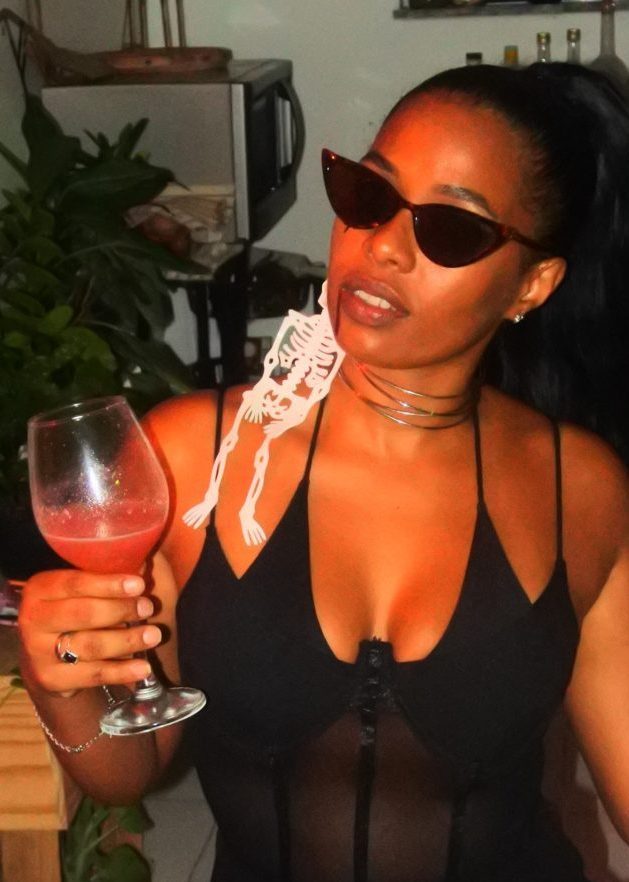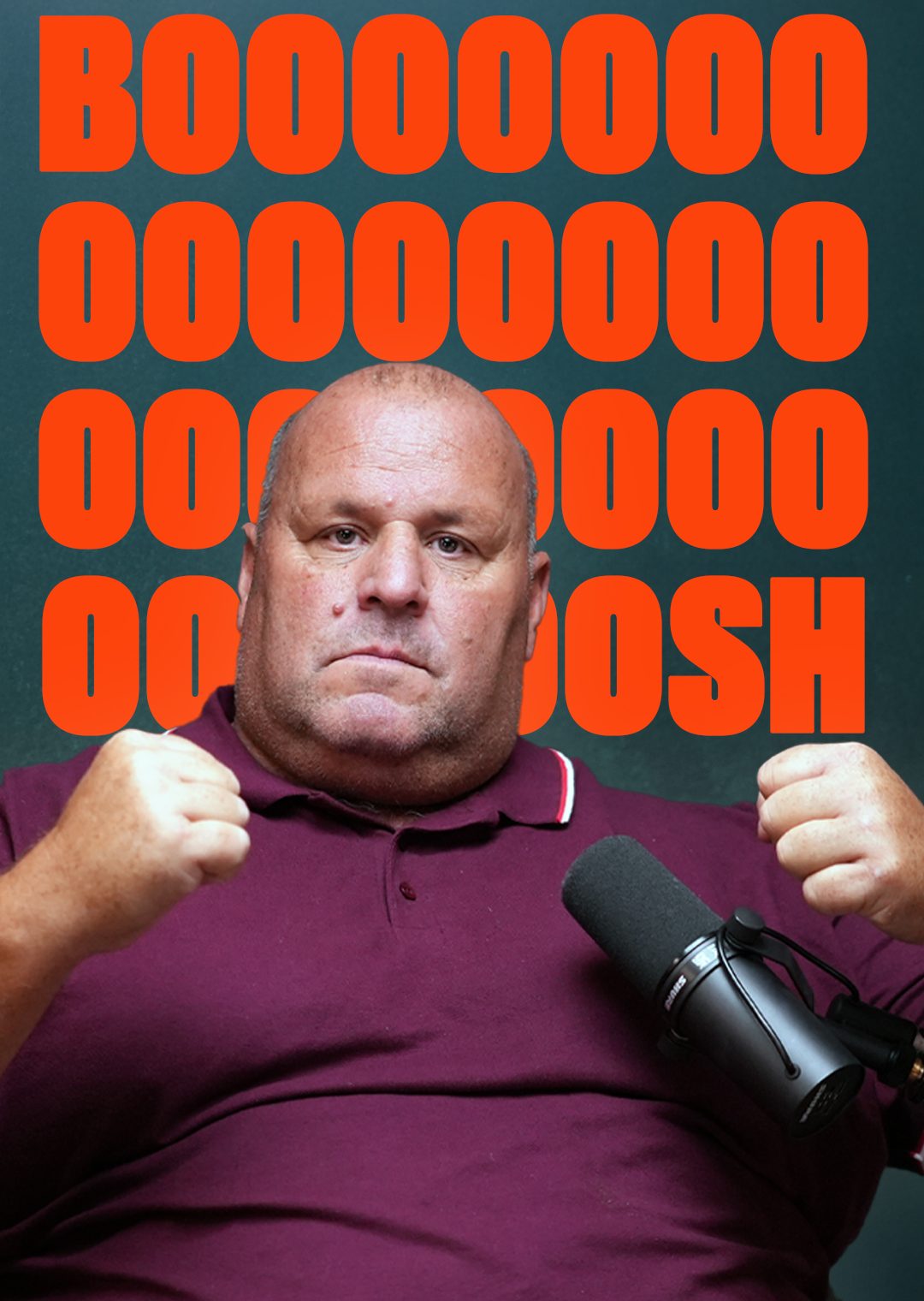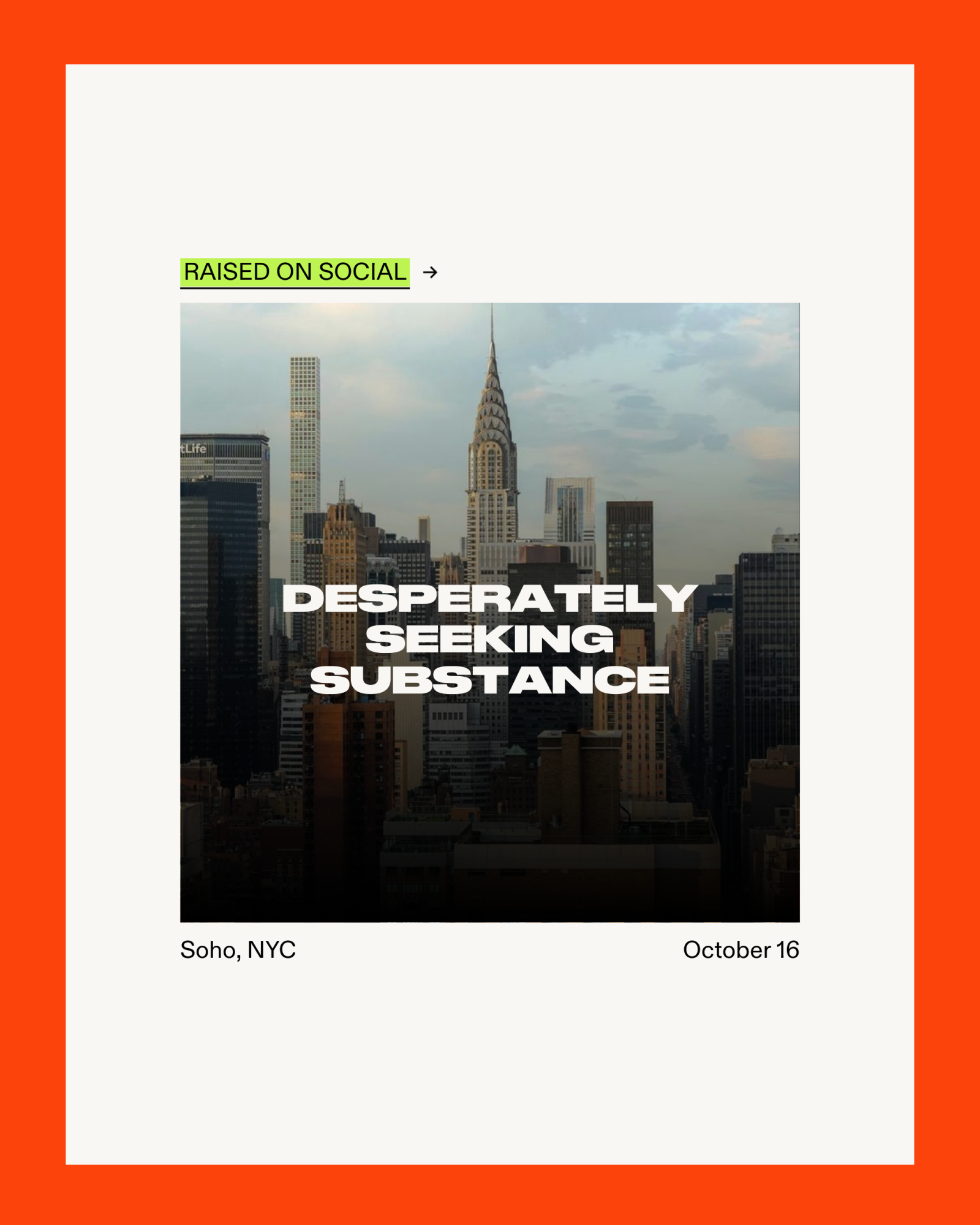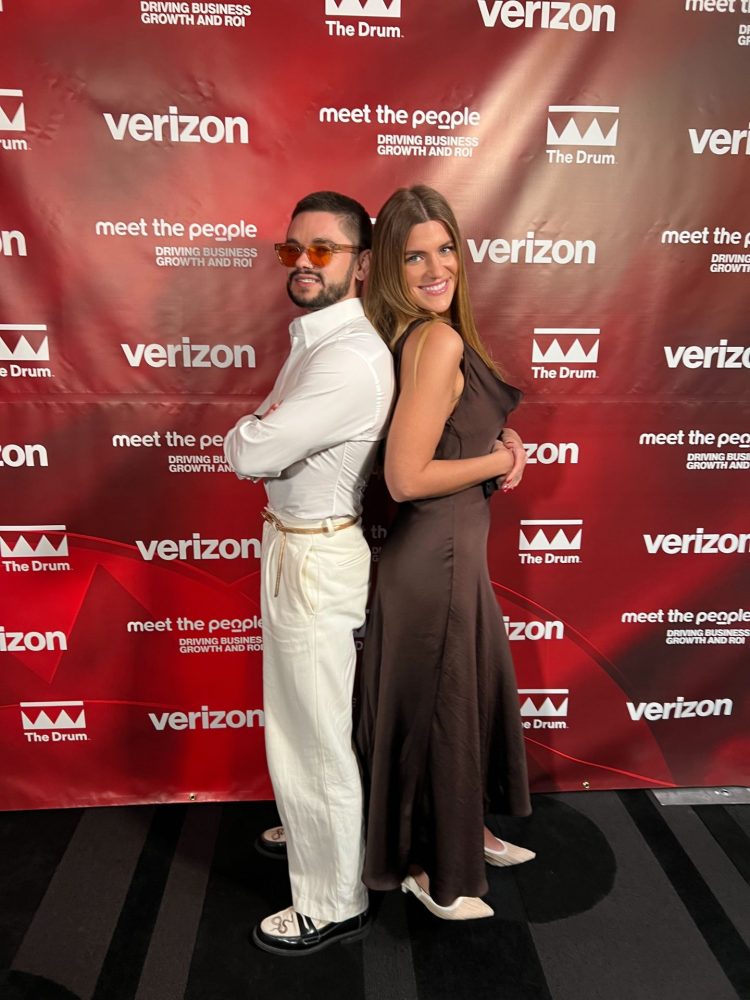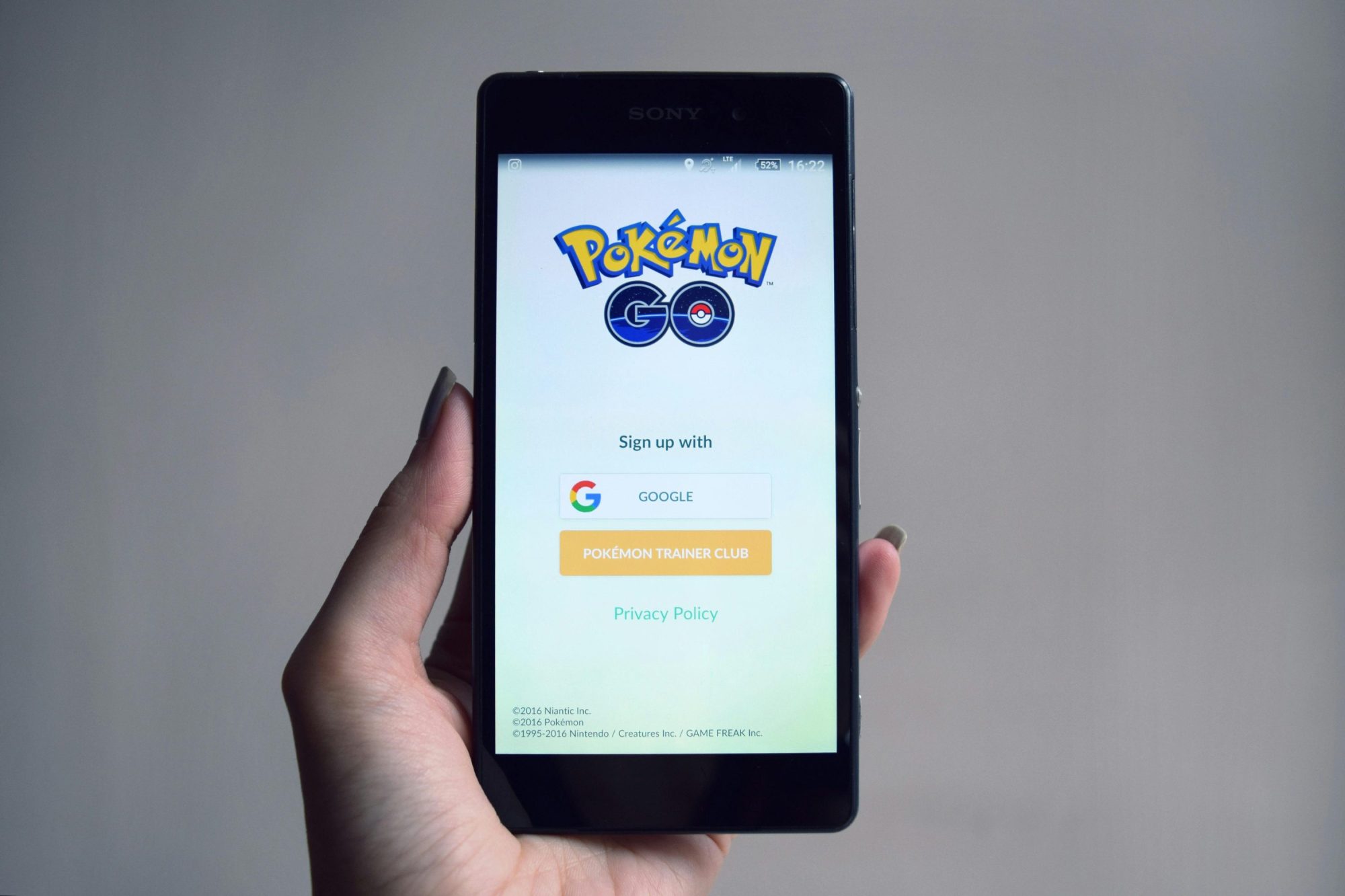What are the Paralympics and why are they so important?
The Paralympics began in 1948 with the Stoke Mandeville Games, organized by Dr. Ludwig Guttmann for World War II veterans with spinal cord injuries.
The first official Paralympic Games took place in Rome in 1960, with 400 athletes from 23 countries. This marked a significant milestone in the recognition of sports for people with disabilities. Over the decades, the Paralympics expanded to include a wider range of disabilities and sports. By Tokyo 2020, the games featured over 4,400 athletes from 162 countries competing in 22 sports.
The Paralympics is now recognized as one of the world’s leading sporting events. Its visibility has helped challenge stereotypes about disability and promote the message that physical or intellectual challenges do not limit an individual’s potential. The Games have been a catalyst for social change, advocating for accessibility, inclusion, and equal opportunities throughout society.
Why brands should be present at the Paralympics
Creating a new gold standard for inclusion
The Purple Goat Agency is our sister company, seeking to authentically represent the disabled community in advertising. Purple Goat’s Head of Strategy, Dom Hyams, spoke on the panel of our virtual event surrounding the summer of sport. Discussing the Paralympics, here’s what he had to say:
The Paralympics sparks a huge opportunity for brands to redefine their standards for inclusivity and representation. “We [Purple Goat] often are engaged for the Paralympics, which is understandable, but at the same time that shouldn’t just be for a disabled audience,” said Dom.
While the professional sporting angle is there, the Paralympic Games opens the door to much more meaningful conversations by addressing the issues associated with sporting events. For brands, the Paralympics becomes a great opportunity to progress the conversation around disability. “It’s also an opportunity for brands to get the house in order when it comes to inclusion,” he added.
One of the most effective ways brands can achieve this is through creator partnerships.
Partnering with creators from the disabled community, and looking to develop more longer term relationships with them, should be among brands’ top priorities when looking at inclusion. With these creators, brands can explore true experiences and progress their understanding of the community. Brands must show that these events aren’t exclusive to certain communities, but are in fact made for everyone – creators can help bridge that gap.
As the influencer space moves further away from “one and done” campaigns, this year’s Paralympics is a great opportunity for brands to create a new gold standard for inclusion going forward.
Providing those living with disabilities a voice
Sports films and documentaries surrounding athletes have become more frequent across our streaming sites in recent years. However, most, if not all, have been centered on able-bodied athletes.
Brands have the opportunity to shine a light on an individual’s personality, and the Paralympics is the perfect opportunity. Here, brands can give disabled athletes a platform, they can give them a voice to highlight visible and hidden barriers, and all they’ve had to overcome to make it to the world stage.
It is through these emotional connections that audiences can be inspired. These stories help us to understand the difficulties of their journey’s, and the catalysts for creating a greater level of understanding.
Building the foundations for year-round advocacy
One issue surrounding commitment to the Paralympics, or disabled people and sport, is that many brands fail to show their support outside of the games. And with the games being held every four years, the support is nowhere near enough.
The Paralympics should be seen as a launchpad for brands to create stronger foundations within the disabled community. Brenda and agencies have an opportunity to capture the atmosphere, excitement, and attention drawn from the Games, and encourage those living with disabilities to consider recreational sport.
By focusing on the individuals and creating deeper partnerships, brands can use the foundations built during the Paralympics to continue to show up for disabled audiences all-year-round. It gives them the chance to start communicating in a way that challenges the way people think about disability every day, not just every four years.
Channel 4 Sport
Channel 4 Sport is the home of the Paralympics. The UK broadcaster will be showing every moment of the Games live on Channel 4 and across TikTok.
The C4 team are on the ground in Paris, diving between various venues and the athlete village to capture content with this year’s Paralympians. This has been a great way to shine a light on who is competing at the Games, helping us get to know a bit more about their stories, and foster that deeper understanding.
One fun way C4 were able to give the athletes a platform to tell their story was through a Paralympic-ick video, where different athletes described their “icks” (things they don’t like) about people’s perceptions of the Paralympics.
While a lot of C4’s content has been around the athletes, their stories, and helping us understand what it takes to be a Paralympian, there are some trend-focused videos, too. C4 has been inviting different disabled athletes and TikTokers to feature on the brand channel, using the “rate this food” template to rank French cuisine. So far they’ve had Billy Monger, a double amputee racer, and Paralympic medalist Ade Adepitan feature on their channel.
C4 also organized a Paralympics launch event, inviting current and former athletes, and creators to the party. The celebration was designed to raise awareness for a lot of the different inclusivity measures that will be on display across Paris ahead of the Games. We got to see this content through blind content creator and presenter, Claire Sisk. Nina Tame, Bobby Seagull and more.
Channel 4 has been doing a fantastic job of raising the profile of the Paralympic Games on TikTok. The brand has prioritized giving the athletes a voice, and a platform to share their stories, which is helping to foster a deeper understanding of the barriers involved for disabled people in sport.
Petro-Canada
The Canadian fuel supplier has been supporting team Canada all summer-long, first in the Olympics and now for the Paralympics.
Petro-Canada partnered up with TikTokers for its #LetsGoPetro campaign, which invited platform users to create their own “let’s go” message to support the athletes heading out to Paris.
The brand teamed up with Canadian Olympic ice dancer, Piper Giles. In the content she spoke about the importance of showing support for Team Canada’s Paralympians, and fueling them to help reach their dreams. The video encouraged fans to get together with their family and friends to watch the Paralympic action unfold throughout late August and September.
Petro-Canada’s campaign featured a competition where winners would receive a chance to win a trip to the 2026 Olympic Winter Games in Italy, an exclusive Paralympic experience valued at $10K, and other great prizing.
This campaign highlighted the importance of breaking down the barriers in how brands approach Paralympic advertising. While it is important to spotlight athletes who live with disabilities, it is also important to involve non-disabled creators and athletes to increase visibility, and to help raise awareness for the Games. The Paralympics shouldn’t just be for a disabled audience, and it’s good to see brands upholding these values.
Challenges and considerations for brands at the Paralympics
Avoid tokenism
Creating ads and marketing material around marginalized groups can be tricky, and often lead to criticisms around tokenism, which you’ll want to avoid.
Brands can avoid being tokenistic at the Paralympics by genuinely investing in the community, both inside and outside of the Games. Brands can support Paralympic athletes all-year-round, not just during the games, and amplify their voices through authentic storytelling.
Collaborating with disability-led organizations and creators can help create campaigns that resonate more meaningfully. Brands must also reflect a long-term commitment to disability inclusion. This approach fosters trust and avoids the superficiality of only engaging with the disabled community every four years.
Don’t generalize or stereotype
To ensure cultural sensitivity at the Paralympics, brands must understand and respect the diverse backgrounds of the communities involved. This starts with engaging in active listening and collaboration with Paralympic athletes, disability advocates, and cultural experts to co-create campaigns that resonate authentically.
Brands should avoid stereotypes by showcasing the individuality of athletes, highlighting their achievements and stories beyond their disabilities. Representation in marketing materials should be diverse, reflecting a wide range of cultural and disability experiences.
It’s crucial for brands to encourage inclusive practices within their teams. This helps to avoid missteps, such as using inappropriate language or imagery. Brands need to make tangible commitments to inclusivity, whether that’s supporting disability rights initiatives, promoting accessibility, or investing in long-term partnerships with disability-led organizations.
Involve the community from the start
Brands must engage with the disabled community and inclusion experts from the very beginning of their planning processes, rather than treating them as an afterthought or a final check.
This involvement ensures that campaigns are built on a foundation of genuine understanding and respect for the lived experiences of disabled individuals. By integrating the expertise of these communities early on, brands can avoid common pitfalls like misrepresentation, unintentional exclusion, or the perpetuation of harmful stereotypes.
This approach not only helps to create more authentic and impactful campaigns but also demonstrates a brand’s commitment to true inclusivity and respect.
Don’t stop after the Paralympics
The Paralympics are a powerful platform for showcasing the incredible talents and achievements of athletes with disabilities, highlighting the importance of inclusivity in sports.
However, brands must recognize that inclusivity shouldn’t be a temporary focus that only surfaces every four years. It’s essential for brands to view the Paralympics not as a one-off marketing opportunity but as a catalyst for long-term commitment to disability inclusion.
True inclusivity requires ongoing effort, where the principles of accessibility and representation are embedded in every aspect of a brand’s operations, from advertising and product design to creator partnerships.
Put inclusivity at the heart of your advertising and creator marketing, not on the sidelines.
That’s all for this one. If you want to learn more about how we and Purple Goat can get you started on this journey, get in touch with us today.

